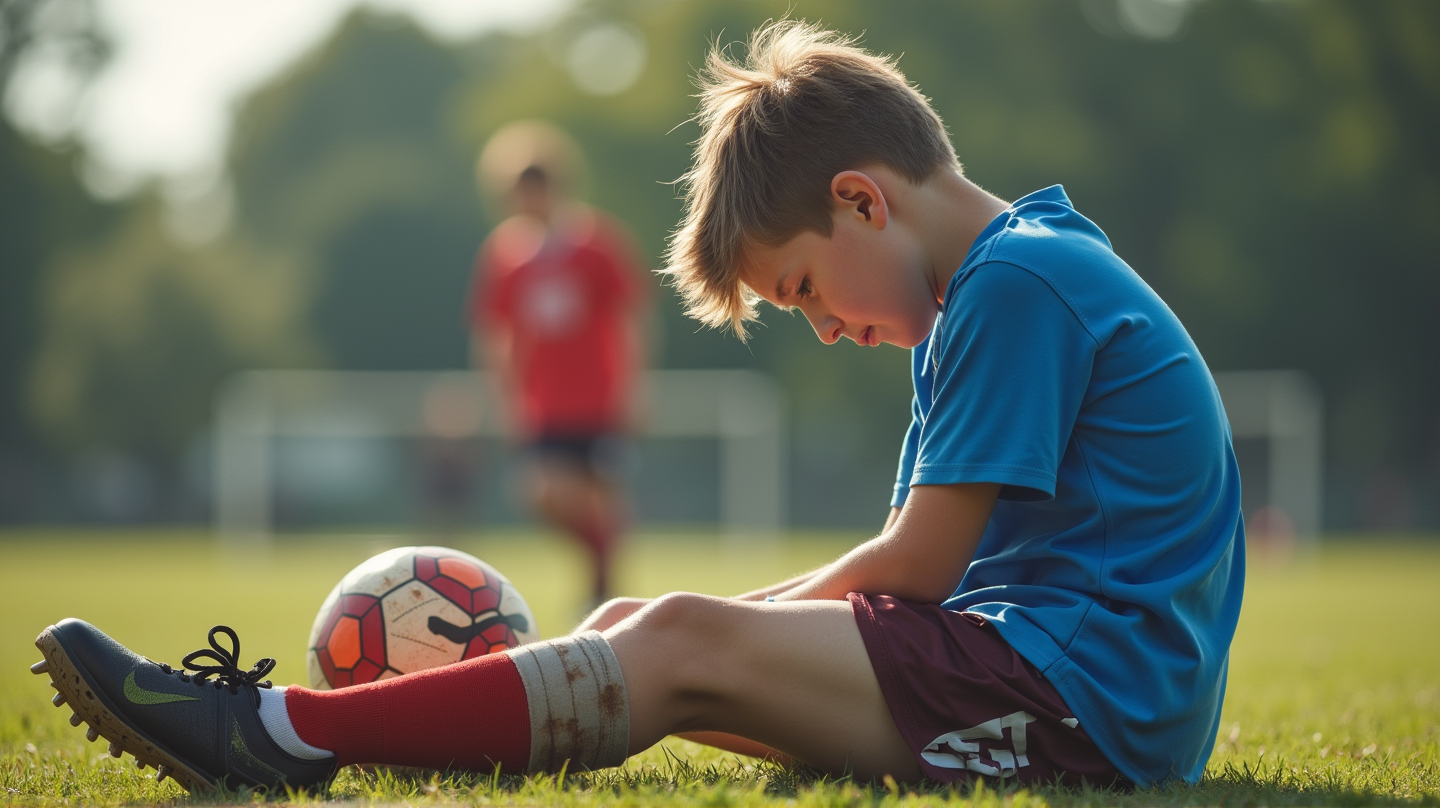The Hidden Dangers of Sports: Are They Growing Pains or Injuries?
Unravel the mystery: Is your child's discomfort in sports truly just growing pains, or something more serious? Discover what experts say.

Every parent of a young athlete has hit a crossroads – are those aches a sign of growth or a signal to pause? This question became alarmingly real when 14-year-old volleyball enthusiast Madelyn Olympia felt a pang in her back, a discomfort that resonated louder with each dive for a ball. Fortunately, with the guidance of Dr. Matthew Silvis, sports medicine specialist at Penn State Bone and Joint Institute, the mystery starts to unravel.
The Subtle Onset of Pain
Madelyn’s pain didn’t come from a dramatic fall but from something much trickier - an overuse injury. Dr. Silvis elucidates the common misconception that growing pains are to blame for discomfort in young athletes. However, ignoring these signs can lead to prolonged issues. His assessment of Madelyn revealed a common yet often ignored phenomenon in young sports enthusiasts: repetitive use injury. According to Dr. Silvis, parents and coaches must look beyond growing pains and recognize signs like swelling, tenderness, and even missed practices as potential red flags.
Swift Action: Key to Prevention
Acting promptly is crucial, and parents play an integral role in prevention. Emphasizing the importance of responding to discomfort quickly, Dr. Silvis mentions that many young athletes could continue playing if injuries are caught early. The rule of thumb he advocates is based on sports guidelines, like reducing pitch counts in baseball to spare elbows or shoulders.
Diversifying the Athletic Experience
Dr. Silvis warns against early sports specialization as he presents findings on pediatric sports specialization from his 2018 study. Specializing too soon can make young athletes more susceptible to overuse injuries. However, encouraging diversity in sporting activities could be the key. Madelyn has embodied this approach, endorsing variety in her yearly sporting schedule to keep her body—and aspirations—balanced.
Healing and Moving Forward
With a diagnosis and plan in place, Madelyn embraces physical therapy that sharpens her core strength, taking practical steps toward rehabilitation. This phase of healing not only aims for recovery but also equips her with the knowledge to avoid future pitfalls. As she works alongside her physical therapist, Madelyn fine-tunes her focus on how often she dives and plays offensively, ensuring she emerges stronger and wiser.
Future Sports & Health Insights
Continued conversation and awareness about injuries can lead to better outcomes in young athletes’ sporting quests. As stated in Penn State Health News, sharing success stories and preventive measures can carve a healthier path for future athletes. So, as Madelyn steps onto the volleyball court, backed by newfound insight and recovery, she becomes a beacon of possibility—not just for her own journey, but for all young athletes navigating the intricate dance between growth and athletics.
This exploration of Madelyn’s journey through her back pain is a reminder that while sports can be rigorous, understanding the signs of overuse and responding with care can pave the way for a fulfilling athletic future.





